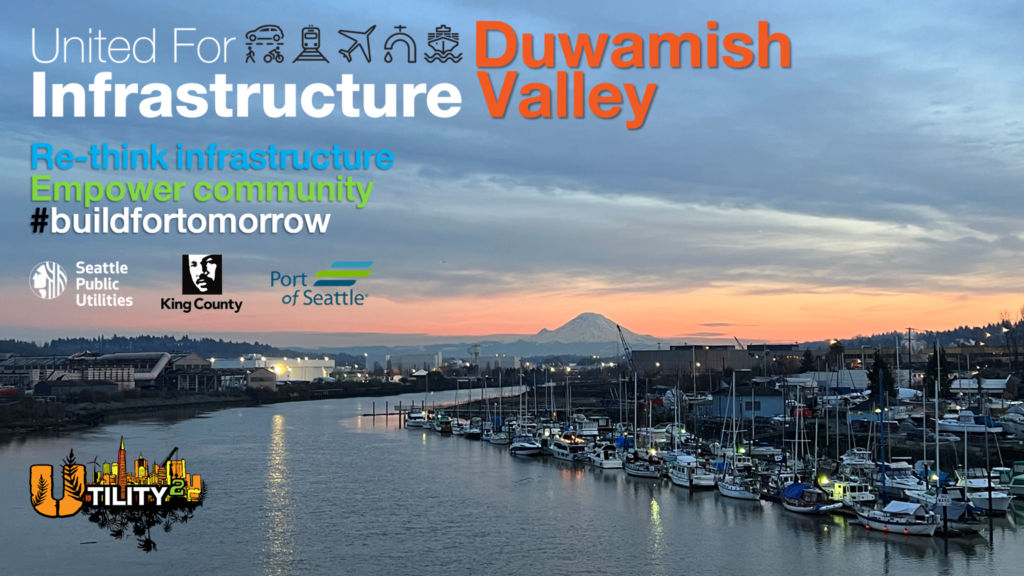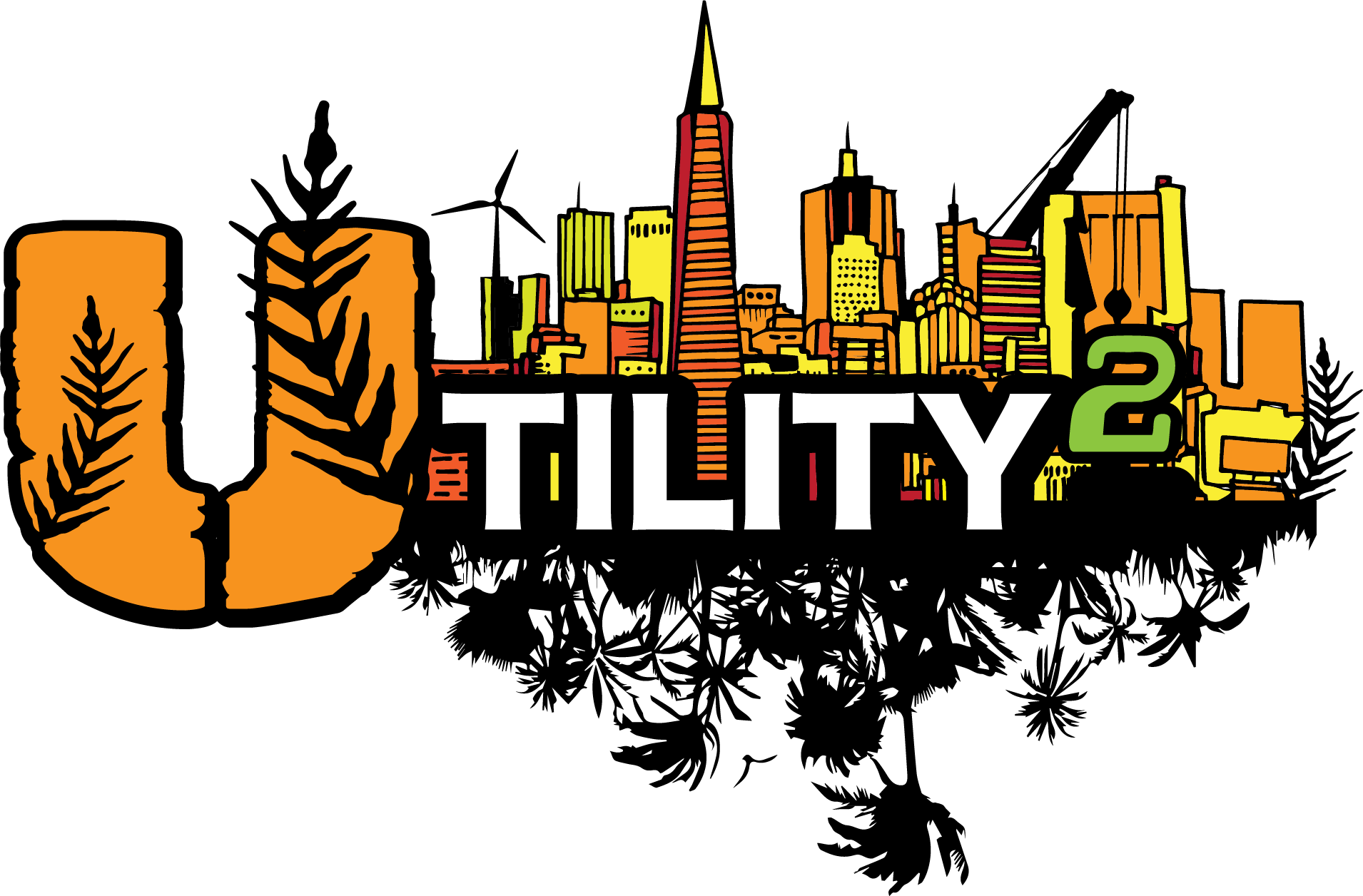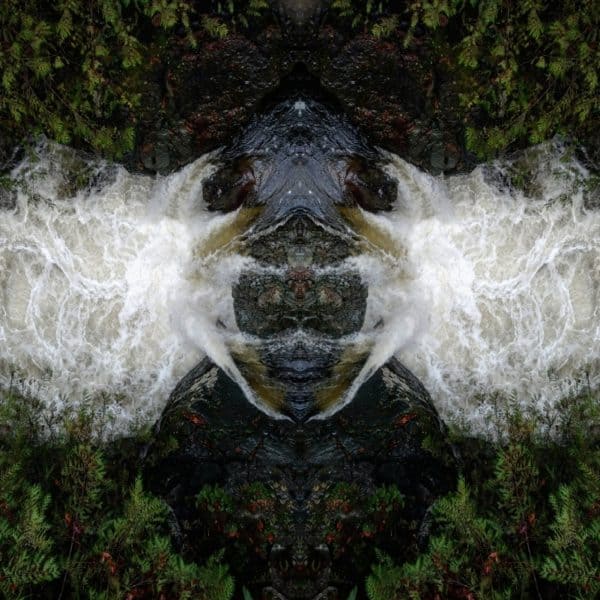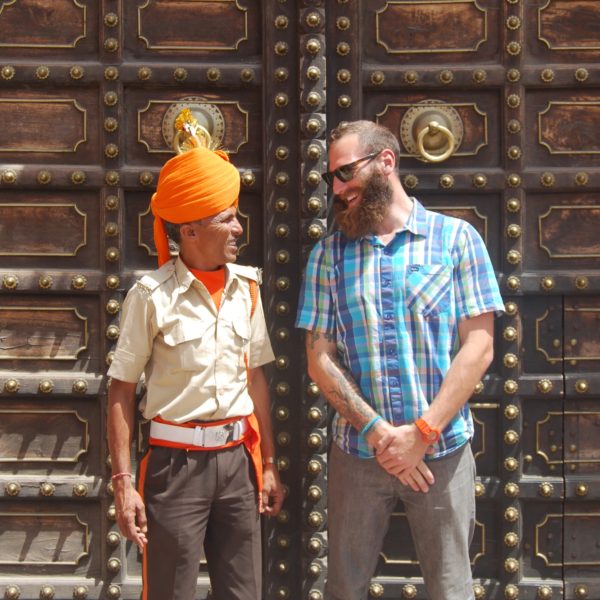Infrastructure Week 2022 arrived 30 months into the global pandemic, with new COVID variants challenging all 16 critical sectors of infrastructure. Community members living in the Duwamish Valley had faced new adversity, yet remained strong; unified in support of their fellow neighbors, and in pursuit of environmental justice. Our team was ready to welcome a return to in-person for our 4th annual IW event, hosting an infrastructure open house at the Duwamish River Community Hub, with a tour of the nearly completed Terminal 117 environmental restoration site…
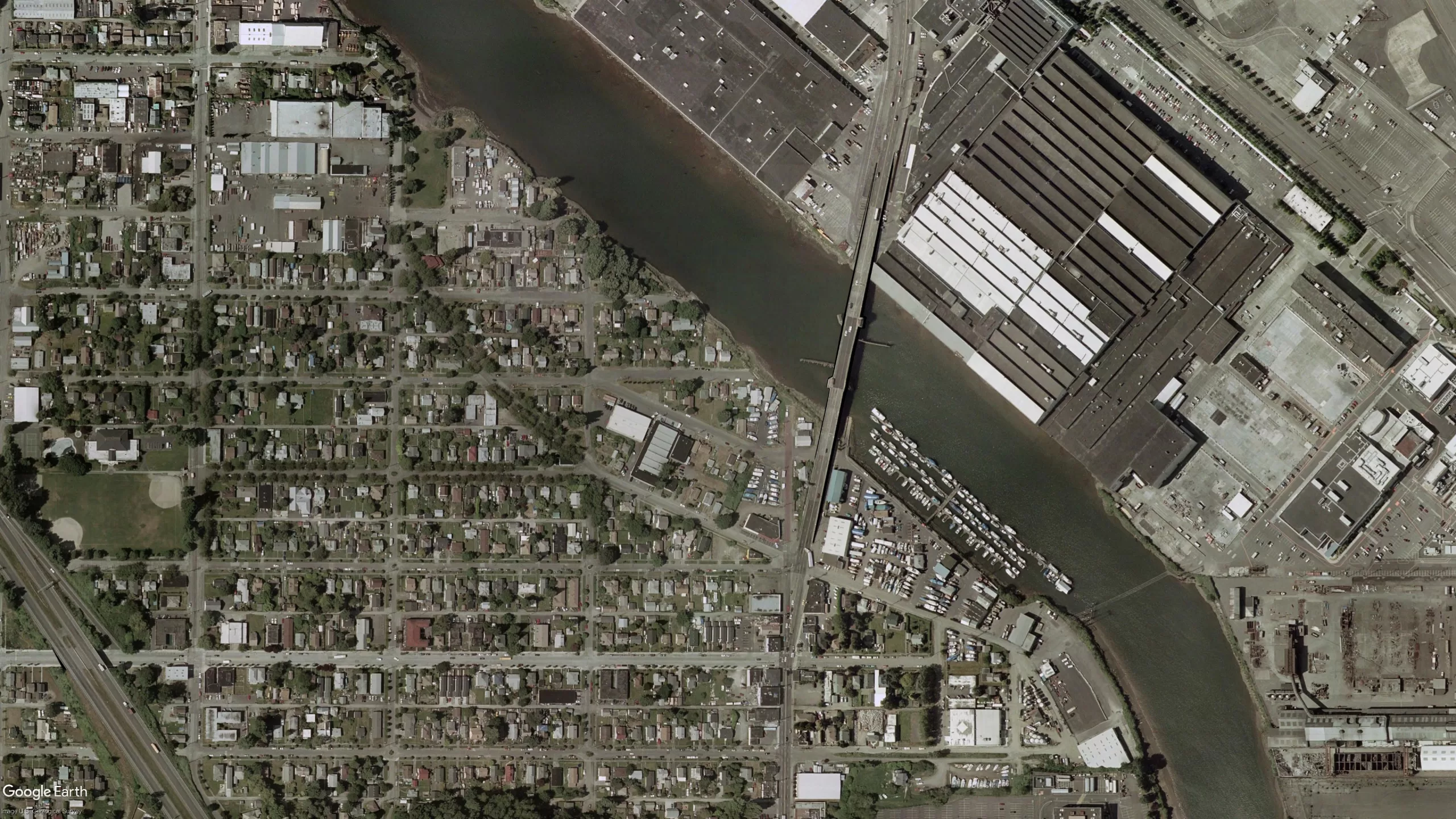
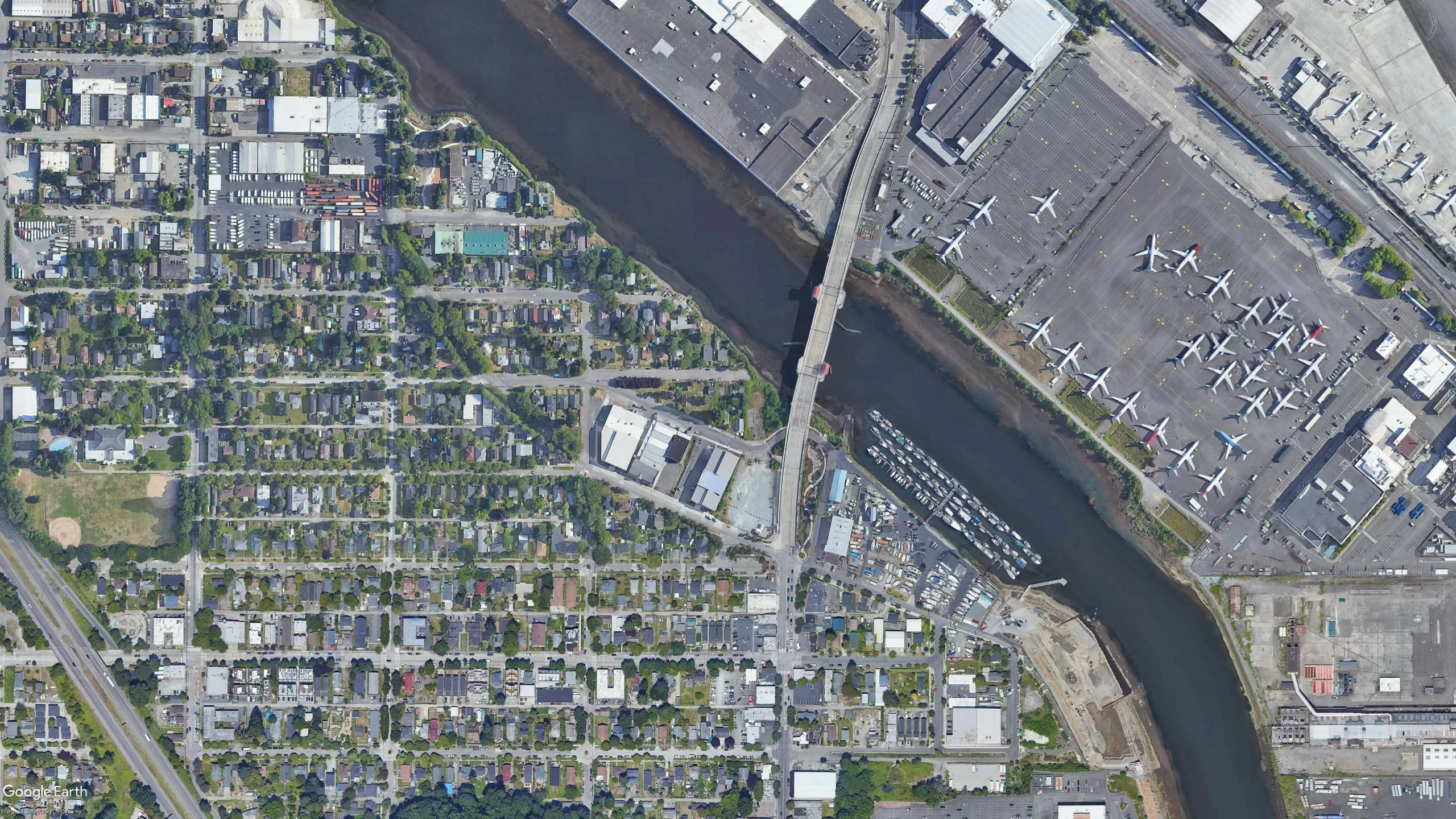
Our small, but mighty event featured representatives from the Port of Seattle, City of Seattle, King County Department of Natural Resources, and the Seattle Public Library South Park branch, talking with South Park neighbors about their mission of building a vibrant, sustainable, and equitable urban landscape. Beyond the casual networking between professionals, advocates, students, and presentation on why “infrastructure awareness is so important“, our event centered something quite special. IW2022 gave residents the first official tour of a restoration project decades in the making, right in our backyard…
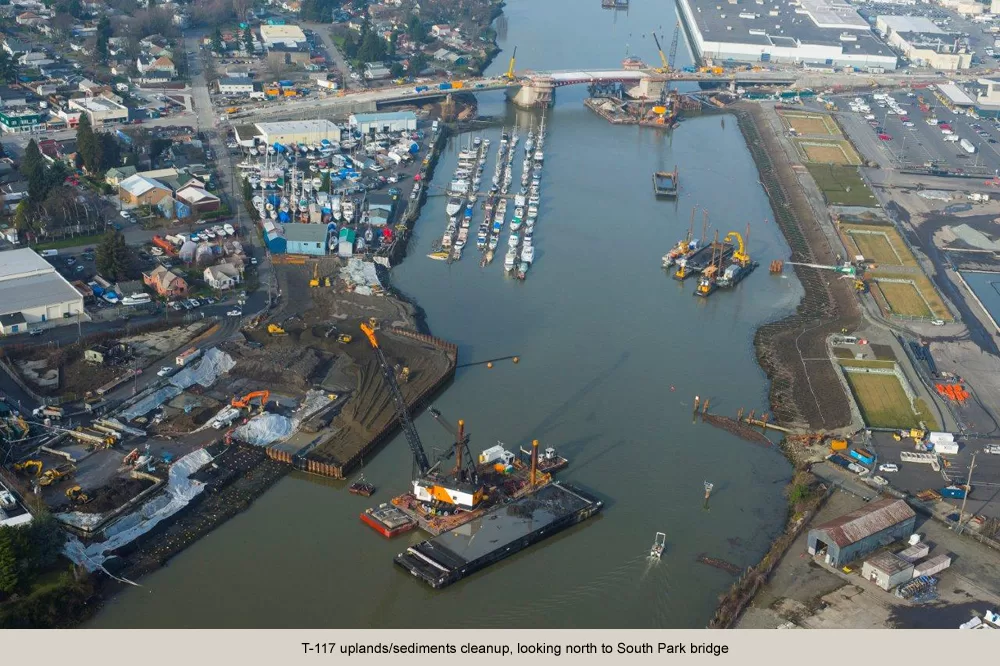
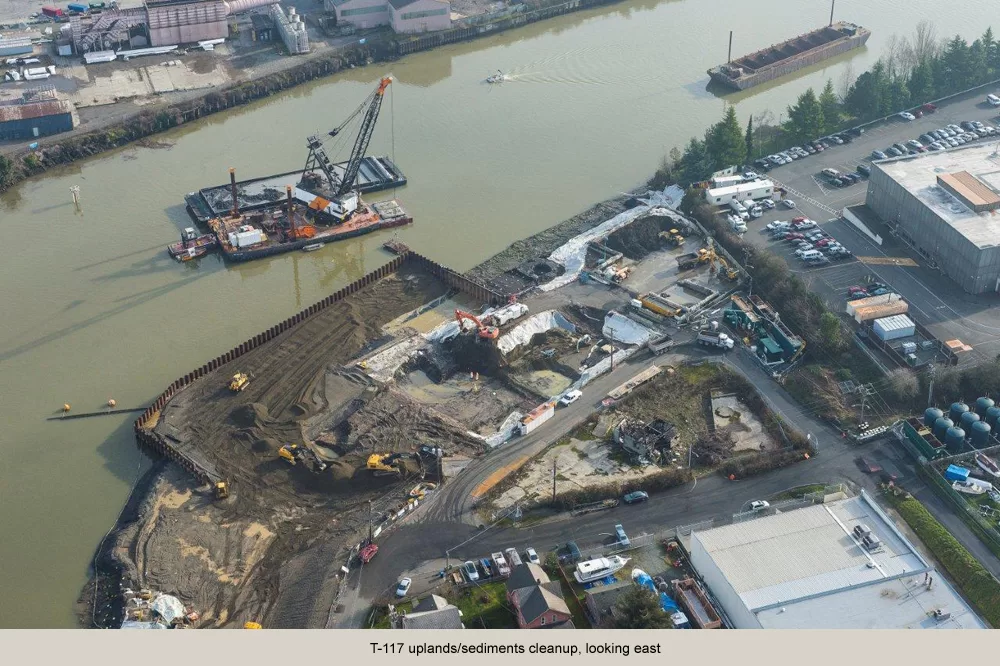
The Duwamish River People’s Park and Shoreline Habitat (formerly Terminal 117) project has restored 14 acres of habitat and shoreline access since its acquisition by The Port in 2000, and clean-up beginning in 2005 (be sure to check out the historic aerial photos). Restoration efforts has created upland habitat to restore Chinook salmon and other imperiled species along 2,000 feet of the Duwamish River shoreline. The site has been identified by other local, state, tribe, and federal officials as a high-priority habitat restoration area that will benefit the community for decades to come. Kudos to the inter-agency project team and involved community advocates for realizing this newfound greenspace infrastructure! Learn much more about the transformation of T-117, and many more legacy sites at the Port of Seattle’s project website.
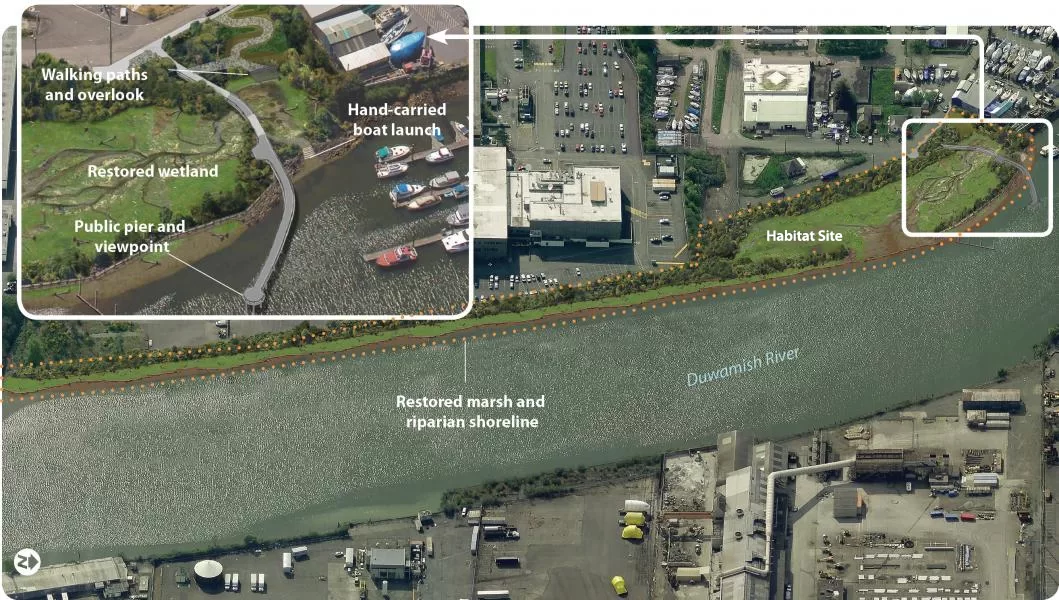
A common point of discussion was the importance of both community and professional advocacy to bring “green” change to an otherwise black & grey industry. Earlier in the year, I was blessed to take part in the River Booty! Clean-up Day, organized by the Duwamish River Paddle Club, and take a ride with George Blomberg of the Port of Seattle. As we cruised along the river, stopping at the various shorelines to collect trash bags from kayakers and much heavier refuse – an old water heater being the largest – George detailed the many challenges the ecosystem still faces…
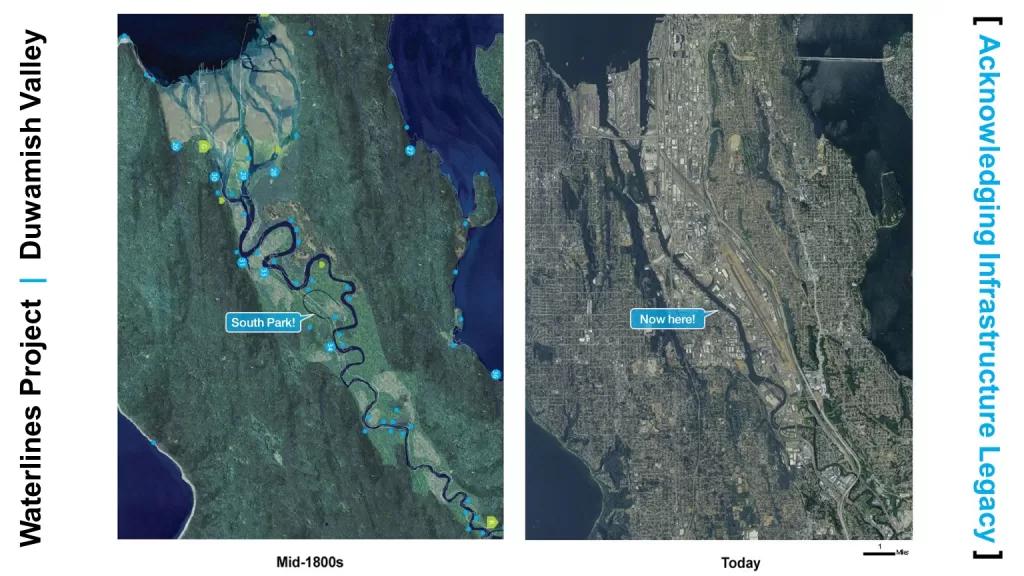
Seattle is home to an incredibly rare feature for such a large city: a river, subject to tides which can change over 12-feet in magnitude! One who’s tidal flats and marshes, rich in shellfish, central to massive salmon runs, and critical to orca and seal populations, supported indigenous people’s civilization for thousands of years. However, like so many urban river systems turned into industrial waterways, the Duwamish has been exploited for its logistical benefits at the cost to all who call it home. From the WA State Ecology website:
The Duwamish begins as the Green River in the Cascade Mountains of Southeast King County. The Green becomes the Duwamish at its former confluence with the Black and White rivers. The White River changed course after a flood in 1906 and now flows into the Puyallup River. The Black River dried up after the 1911 diversion of the Cedar River into Lake Washington and the 1916 opening of Seattle’s Ship Canal following the infamous Montlake Cut.
In the early 1900s, the lower (northern) section of the river was straightened and dredged for industrial development. By the 1940s, channelization had transformed a 9-mile estuary into the 5-mile Lower Duwamish Waterway (LDW). Some of the dredged material was used to create Harbor Island and some was used to fill in parts of the old channel. Since 1916, the LDW has been regularly dredged to support ship navigation. The waterway serves as a major shipping route for containerized and bulk cargo. Common shoreline features include constructed bulkheads, piers, wharves, buildings extending over the waters, and steeply sloped banks armored with fill materials.
But as we know, industrial activity has long-term costs which profiteering shareholders often avoid, and escape altogether…
The LDW Superfund Site is an approximately 5-mile section of the Duwamish River which flows northward into Elliott Bay in Puget Sound. It extends from the southern tip of Harbor Island to the end of the straightened waterway in Tukwila. In 1998, the U.S. Environmental Protection Agency (EPA) investigated the sediments (mud at the river bottom) in the LDW and found many harmful chemical compounds and toxic metals. In 2001, EPA listed the LDW sediments and its sources of contamination as a federal Superfund site. At least 41 different hazardous chemicals have been found in LDW sediments. The contaminants of greatest concern include Polychlorinated biphenyls (PCBs), Carcinogenic polycyclic aromatic hydrocarbons (cPAHs), Dioxins/furans, and Arsenic & heavy metals. Sediment contamination in many areas exceeds the Washington Sediment Management Standards. Many sources have contributed to the contamination, including historical past practices regarding waste disposal, industrial use, combined sewer overflows, and more than 200 storm drain outfalls.
Which brings us to today, and the work of so many community members to hold the exploitation accountable, and bring ecological change. George is truly an active advocate, often seen walking along his shoreline restoration projects, caring for ne plantings, taking note of ways the next project could be improved, and working closely with local youth from Duwamish Valley Youth Corps – who joined our tour. Additionally, the Duwamish River Cleanup Coalition (now Community Coalition), has worked tirelessly under the leadership of James Rassmussen to accelerate the work by the EPA and others to fix the problems created generations ago. More importantly, to stop new sources of pollution today! Needless to say, we were honored to walk in stride with these cherished active advocates at the People’s Park, as the first public visitors. Even the newly nesting Osprey watched as we entered their new habitat, in its first season of growth and harboring of a restored ecosystem.
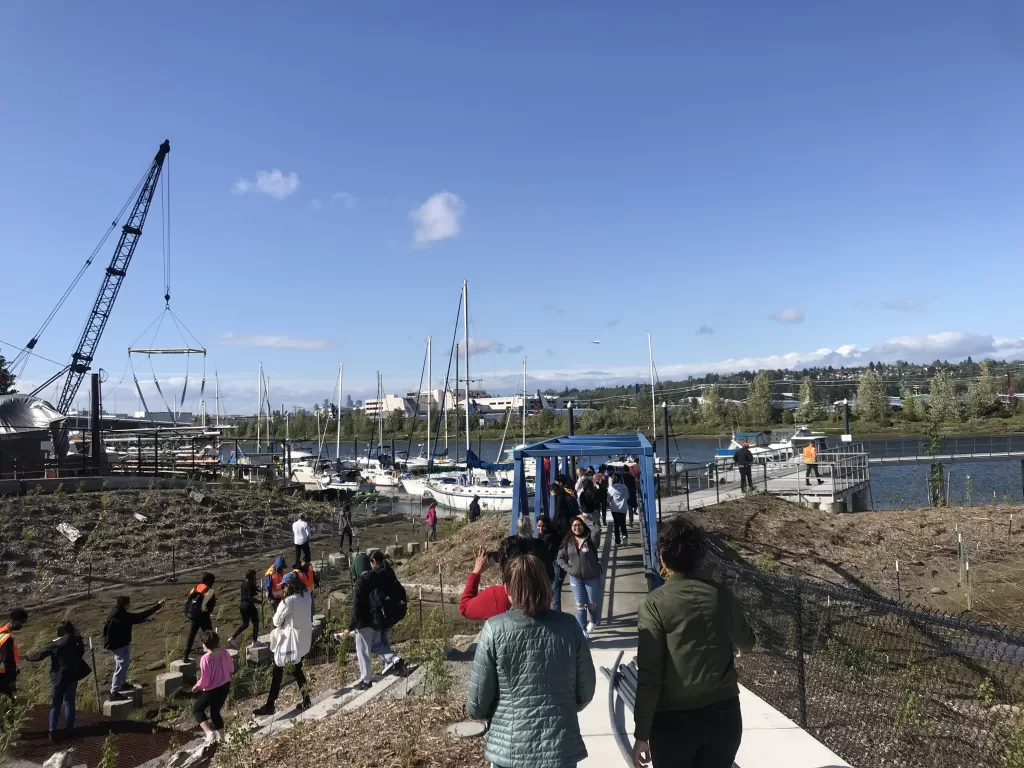
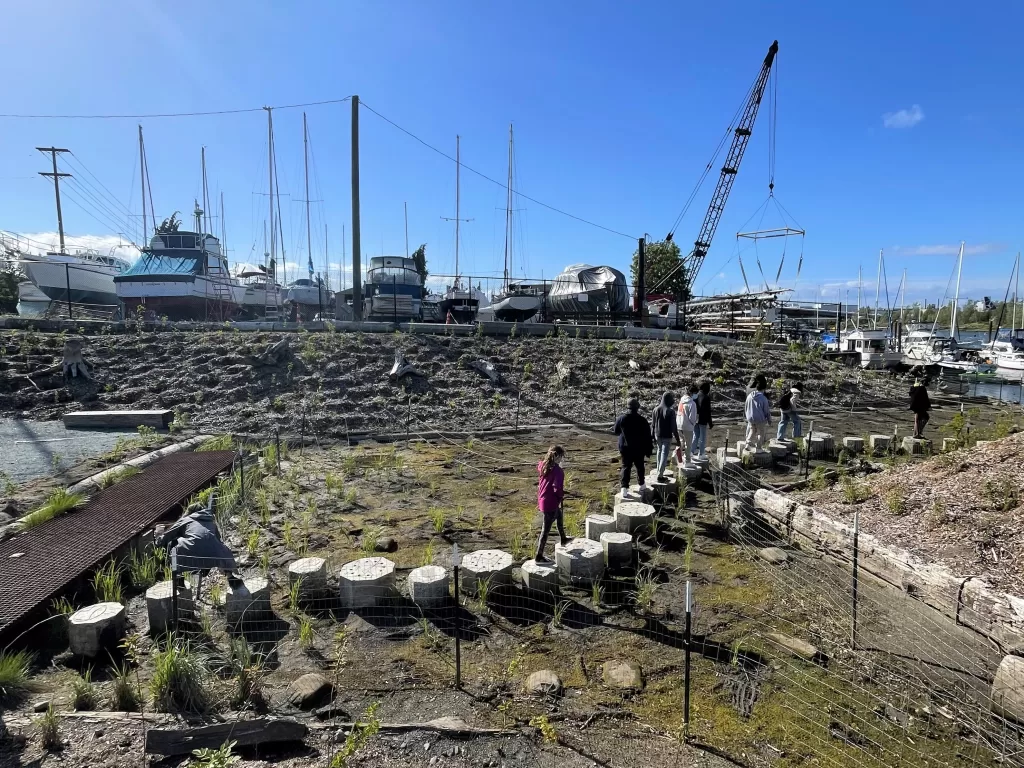
Our message at IW2022 was focused on ‘Rethinking Infrastructure’ as a system which can be used to work with nature, for restoration and longevity, as opposed to mechanisms which have historically dismantled the natural environment. The T117 Project is a prime example of such infrastructures, and their very Human drivers, to build something better. Two years after its milestone completion, the area is thriving with new sprouts of life – plants, fish, birds, and the occasional sea mammal…even on a cloudy Seattle day!
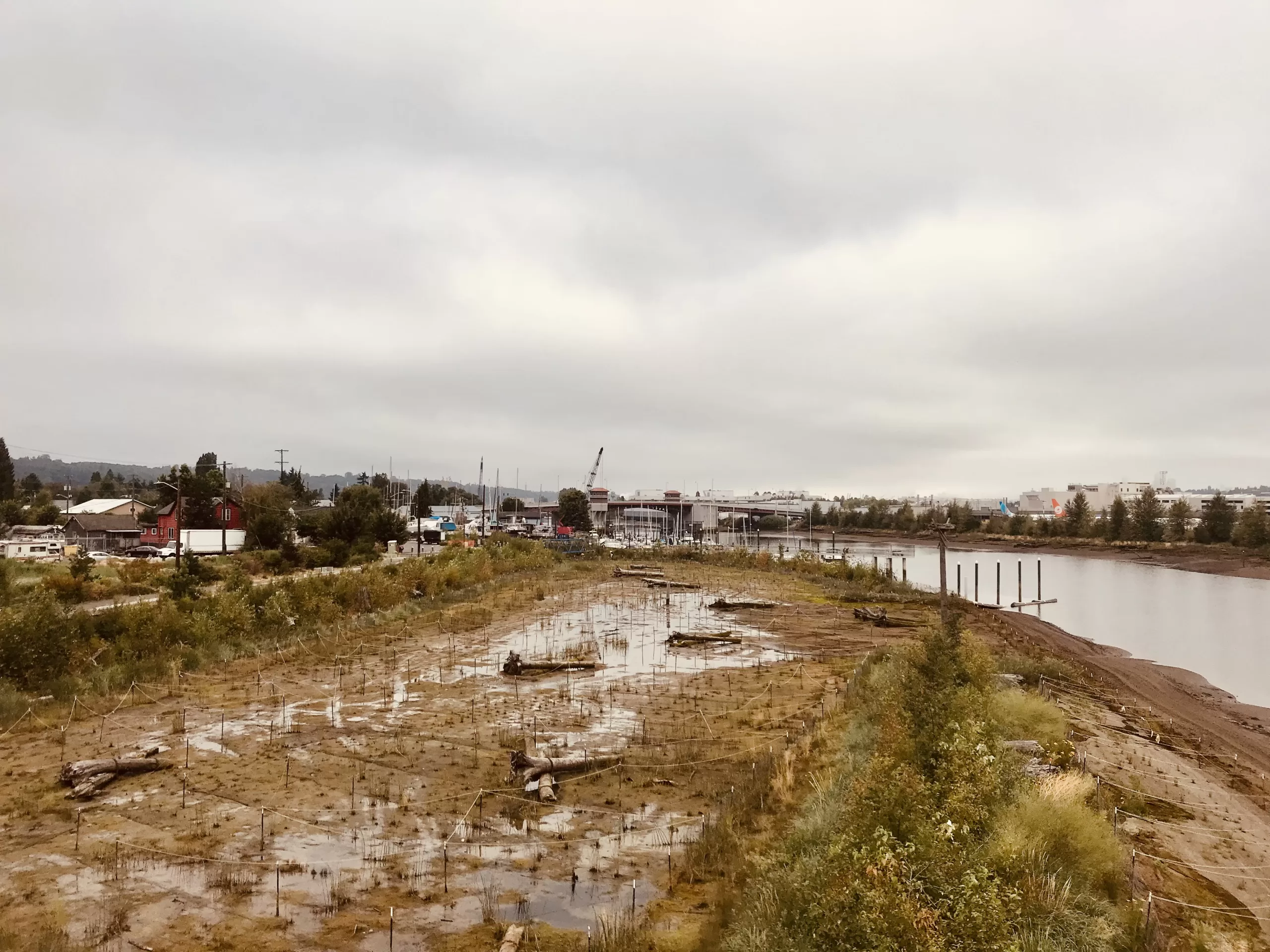
The take away from the story of the Duwamish and IW2022 should be clear by now:
Without awareness and advocacy, who will watch guard over those who seek to exploit Earth’s ecosystems for their own bidding?
We as consumers have choices in who we support, and how we denounce, in a world which places profits above all else. Every neighbor in a community has a role to play in keeping our infrastructure effective, reducing environmental impact and bringing sustainability in the urban landscape. Whether it is properly sorting your waste, conserving energy usage, driving less, caretaking of our greenspaces, or helping to protect the watershed with Seattle’s Adopt-A-Drain program, our small actions all help #buildfortomorrow !
